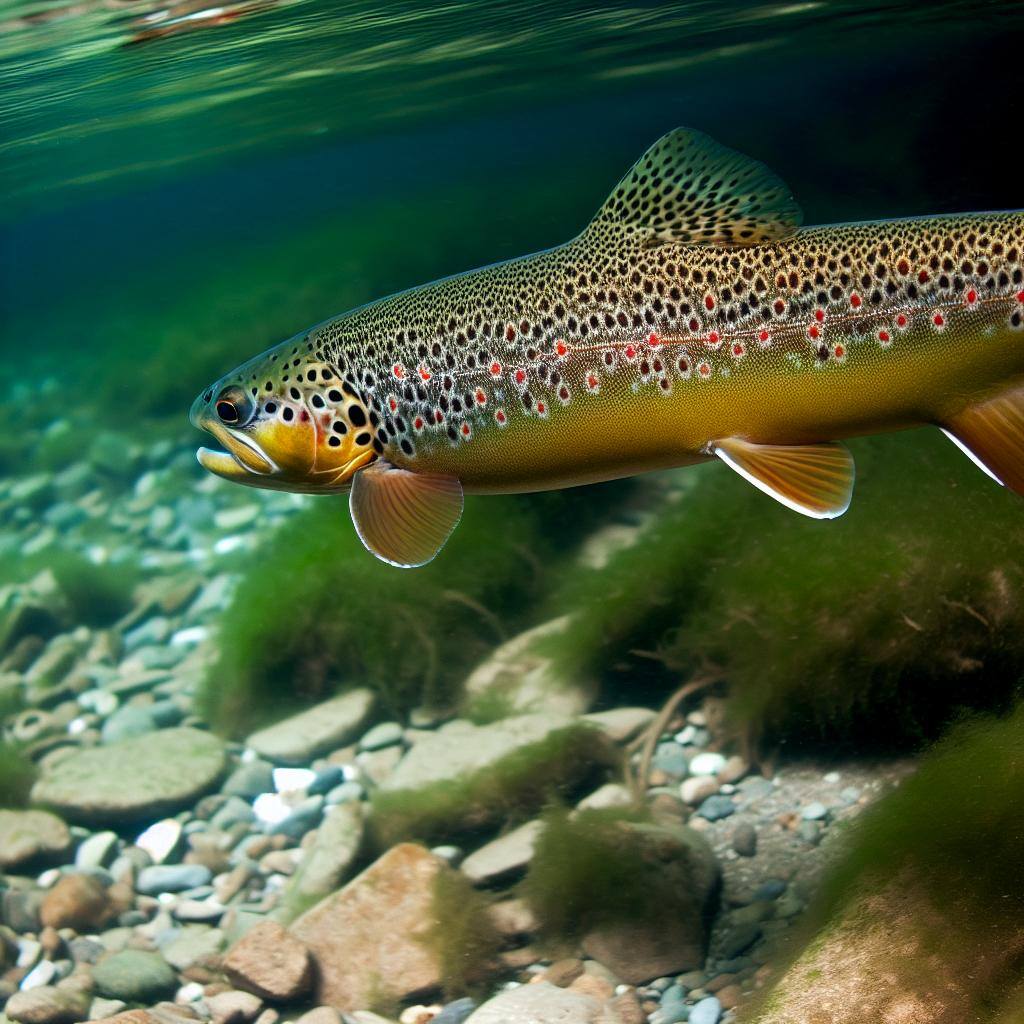
Cutthroat trout are one of the most sought-after species for fly anglers, particularly in Colorado, where these native fish inhabit some of the most scenic and pristine waters. Known for their distinctive red throat slashes and vibrant colors, cutthroat trout provide a thrilling challenge for fly fishers. Here’s how to enhance your chances of landing these beauties.
Understanding Cutthroat Trout Behavior
Cutthroat trout are typically found in high-altitude lakes and streams. They are opportunistic feeders, often feeding on insects, small fish, and crustaceans. Understanding their behavior and habitat preferences can significantly increase your chances of success.
Key Points About Cutthroat Trout Behavior:
- Habitat: Cold, clear waters are preferred and often found at higher elevations.
- Feeding Habits: Opportunistic, often feeding on aquatic and terrestrial insects.
- Active Times: Most active during early morning and late evening.
For more insights on cutthroat trout behavior, check out Colorado Parks and Wildlife.
Essential Techniques for Fly Fishing for Cutthroat Trout
-
Matching the Hatch: Cutthroat trout can be selective feeders, especially in clear waters. Observing the local insect activity and matching your flies to the prevalent hatches can be crucial.
Recommended Flies:
- Parachute Adams (https://risebeyondflyfishing.shop/products/parachute-adams)
- Elk Hair Caddis (https://risebeyondflyfishing.shop/products/elk-hair-caddis)
- Pheasant Tail Nymph (https://risebeyondflyfishing.shop/products/pheasant-tail-nymph)
Tip: Pay attention to the insects flying around and on the water's surface. Matching these will often result in more strikes.
-
Sight Fishing: Sight fishing can be highly effective in clear mountain streams and lakes. Polarized sunglasses are essential for spotting cutthroat trout in the water.
Tips for Sight Fishing:
- Stealth: Approach quietly to avoid spooking the fish.
- Positioning: Position yourself to minimize glare and maximize visibility.
- Accurate Casting: Accurate casts are crucial for presenting the fly naturally.
Learn more about sight fishing techniques from Orvis.
-
Terrestrial Patterns: During the summer months, terrestrial insects like ants, beetles, and grasshoppers become a significant part of the cutthroat trout's diet.
Recommended Terrestrial Flies:
Tip: Fish these patterns near the banks and areas with overhanging vegetation where terrestrial insects are likely to fall into the water.
-
Dry-Dropper Rigs: Combining a dry fly with a nymph dropper can be particularly effective in varying water conditions.
Recommended Dry-Dropper Combinations:
- Parachute Adams (dry) with a Pheasant Tail Nymph (dropper)
- Elk Hair Caddis (dry) with a Zebra Midge (dropper)
Tip: This setup allows you to fish both the surface and subsurface, increasing your chances of enticing a cutthroat trout.
-
Exploring High-Altitude Lakes and Streams: Colorado’s high-altitude lakes and streams are prime habitats for cutthroat trout. Areas like Rocky Mountain National Park, Indian Peaks Wilderness, and Flat Tops Wilderness offer excellent fishing opportunities.
Top Locations:
- Rocky Mountain National Park: High-altitude lakes and streams provide excellent cutthroat trout fishing. More info at NPS.
- Indian Peaks Wilderness: Known for its scenic beauty and abundant cutthroat trout. More details at USDA Forest Service.
- Flat Tops Wilderness: Offers remote and pristine fishing experiences. More information at Colorado Parks and Wildlife.
Last Words
Fly fishing for cutthroat trout in Colorado is a unique and rewarding experience. Understanding their behavior, using the right techniques, and exploring prime locations can increase your chances of success. Remember to respect local regulations and practice catch-and-release to preserve these beautiful fish for future generations.
For more tips and comprehensive guides, visit our Fly Fishing Techniques and explore more locations at Rise Beyond Fly Fishing. Happy fishing!
.png?width=300&height=100&name=Copy%20of%20Rise%20Beyond%20Logo%2012.31.24%20(300%20x%20100%20px).png)
.png)

.jpg)